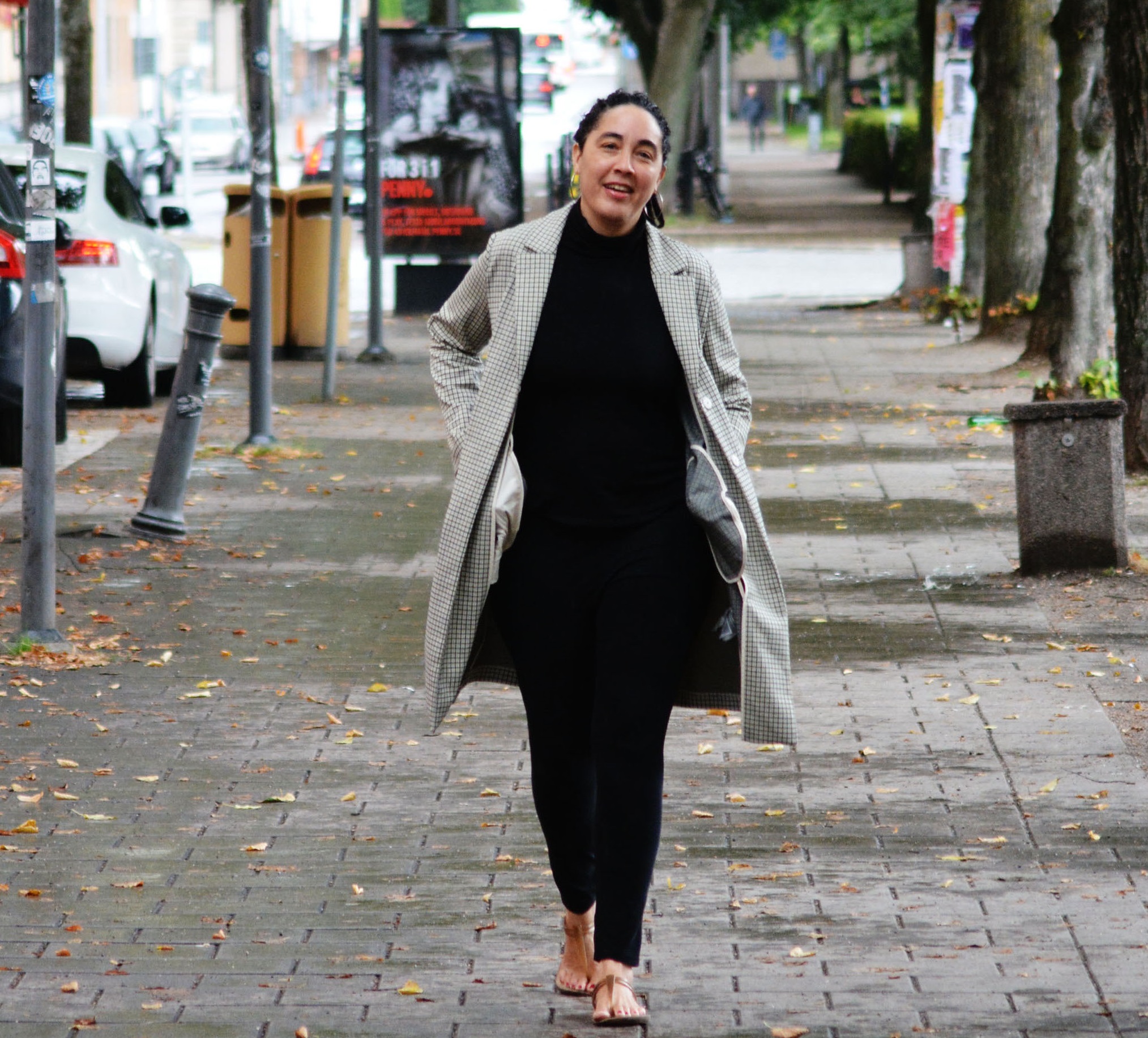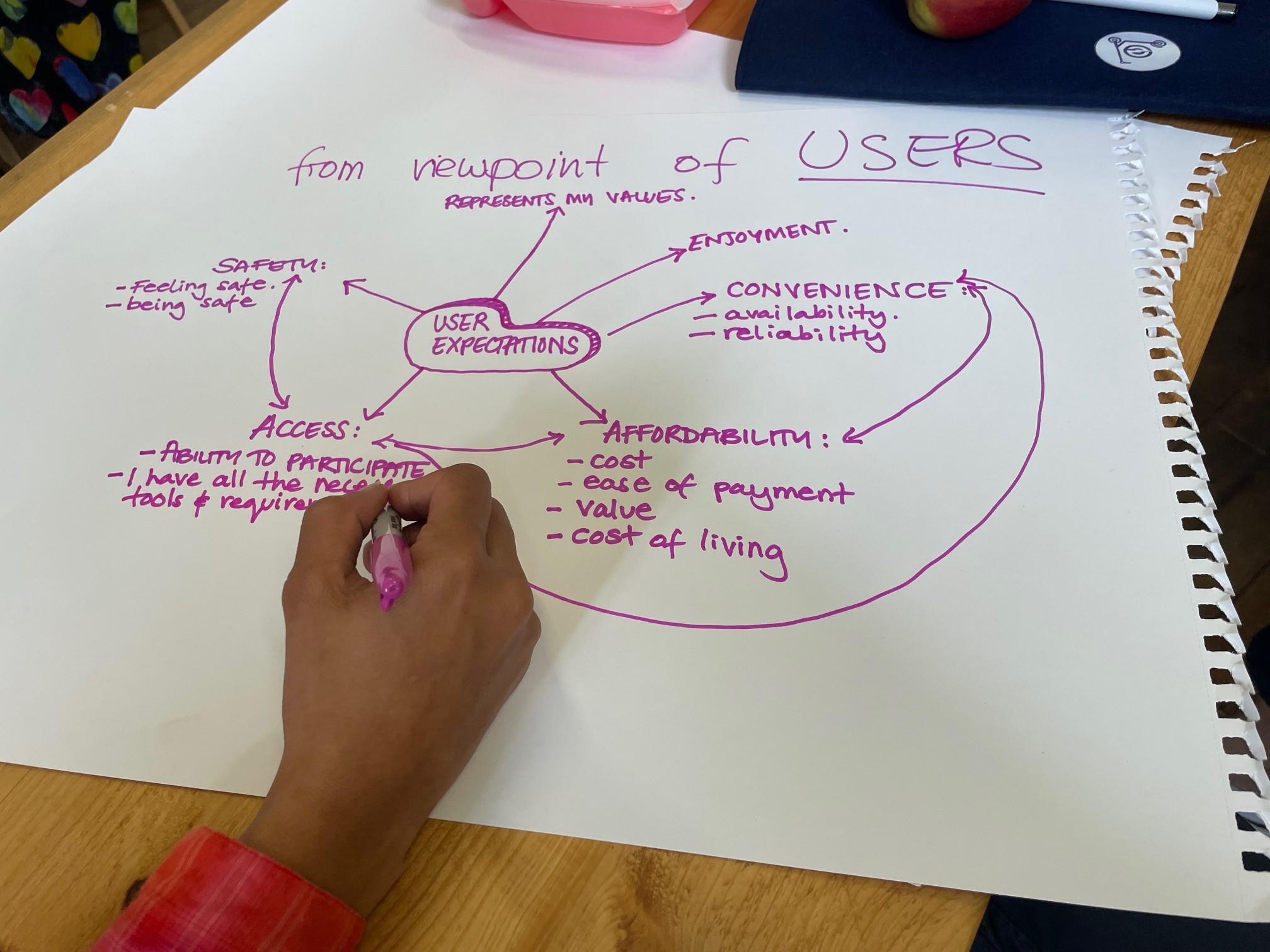
At the Contra Costa Transportation Authority (CCTA), we herd cats.
Don’t get me wrong. These are wonderful, thoughtful, and often collaborative cats, but we represent a county with 19 cities, each with its own political leaders who must be responsive to their own residents. As a county-wide transportation organisation, our mandate is to look at the entire puzzle, not just the individual jigsaw pieces. For an authority whose history and reputation are rooted in innovation, we committed a long time ago to ensuring everyone in every city, benefits from our strategies.
First, a little background. Contra Costa County is just east of the San Francisco Bay Area. It’s home to more than 1.1 million residents representing virtually every demographic, and by extension, with very diverse mobility needs.
CCTA is charged with envisioning, building, and often managing mobility for those residents and the millions of people who transition through our county each year. We’re proud of our internationally recognised role in transportation innovation. We’re home to Gomentum Station, the largest connected and autonomous vehicle test bed in the nation. But what good is innovation without deployment? We’re taking many of the technologies that were developed and refined in our county and deploying them on our roads, building a network of coordinated transportation offerings that provide personalised mobility for everyone we serve.
Solid forethought and good planning
That sounds great on paper, but on the street, it’s more complex. Through experience, we’ve learned there are three main barriers to success: incompatible technology, local control and limited funding. All that sounds daunting, but we’ve learned that all three can be addressed with solid forethought and good planning.
As a quick illustration, each of our 19 cities operates its own its own traffic signal system, but transportation doesn't end at jurisdictional boundaries. We’re currently deploying a smart signal upgrade across all 19 cities and 350 intersections, but each city has different traffic controllers using different software. We have to get everyone on the same systems, and the same software to minimise system integration issues, which comes at a cost and requires political will. Again, technology, local control, funding.
“If you ask good questions and develop trust and buy-in from the public, the answers aren’t always predictable”
Identifying the barriers and addressing them early has been crucial to our success. Our signature project, Innovate 680, addresses mobility on Interstate 680, one of our region’s major corridors. In 2020, during peak hours, I-680 drivers could expect a 90-minute delay. That kind of congestion is an unacceptable lifestyle issue and to fix it requires radical thinking and equally radical collaboration. We knew that Innovate 680 would be a massive undertaking. We planned six major projects working together to minimise congestion, maximise efficiency and dramatically reduce commute times on one of the Bay Area’s most important corridors. The goal was to provide users with a new set of easy-to-use mobility options, with enough personalisation to ensure we accommodate every resident, a major challenge considering I-680 cuts across not just jurisdictions, but also demographics and needs within the entire county. Among our strategies is a plan to build mobility hubs that incorporate transit, car and bicycle sharing. We will also utilise integrated corridor management and ramp metering, part time transit lanes and advanced Mobility as a Service options.

Ask good questions and develop trust
We know that generally, the public doesn’t understand the specific technologies we’re deploying or how - as individuals and families - they might benefit, so we knew early on that one of our primary goals had to be educating each city’s political leaders as well as the public they represent. In the earliest days, we created a governance structure in the form of a policy advisory committee, whose members represented each city. Not only did they have a voice, but we listened - really listened - and matched our plan to their needs. But political engagement only goes so far, so we also talked with residents themselves. At CCTA, we invested $1 million to develop and implement a public engagement plan soliciting input, opinion and insight.
That engagement continues to this day, and we’ve found that if you ask good questions and develop trust and buy-in from the public, the answers aren’t always predictable - which in my view makes them more valuable. Take, for example, our Presto Autonomous Shuttle System. We rolled the shuttles out very publicly at local events and through a major community relations effort. Instinctively, you might think (as we did) that seniors who’ve spent their lifetimes behind the wheel, or using driver-operated transit, would be reluctant to ride a shuttle with no driver. But the reality was exactly the opposite. In our pilot, seniors are among the earliest adopters and loudest advocates, putting convenience above any other concerns.
“Identifying the barriers and addressing them early has been crucial to our success”
We’ve learned that by keeping politicians and our residents not only in the loop, but in the conversation, we’re fostering community trust. In a recent countywide survey, we found that 70% of respondents are excited about the transportation technologies we’re rolling out. That’s not only public validation for the job we’re doing but relevance and trust for CCTA moving forward. It’s also credibility when circumstances dictate the need for a transportation sales tax initiative, which dovetails perfectly into funding.
Innovate 680 has proven the value and the necessity of digitisation but it has also highlighted the need for strategic and often creative thinking about funding. Of course, CCTA is a funding agency, and we count on cities within our county to provide capital, but we can’t count on federal or state dollars to fund ongoing operations.
As we’re implementing new smart workzones, smart signals, Vehicle to Everything (V2X) and other digital solutions, we’ve had to consider alternative operations funding sources and new revenue opportunities. We’ve also reached outside traditional siloes for inspiration and experience. For example, some technologies come with built-in savings, and we’re leveraging AI and machine learning extensively. In Australia, I’ve seen a single operator using AI solutions to manage an entire network, rather than three, four or even five people. We are also careful not to duplicate learning. We signed an memorandum of understanding with counterpart agencies in the Netherlands, Australia and Japan; we routinely share information back and forth because, in the US, we tend to do transportation research that’s already been completed elsewhere.

Opportunities for revenue generation
At CCTA, we’re actively looking for revenue opportunities to pay for ongoing costs. For example, within our mobility hubs, I see numerous opportunities to generate operations revenue. Bike shares, car shares, scooter shares, parking, electric vehicle charging and even concessions, coffee shops and advertising are all potential sources for revenue. Outside the hubs, there are multiple opportunities including express lane revenue, but I’m also extremely excited about public-private partnerships (P3s).
Formal relationships between government and business have been common in the property development industry for decades, yet generally, transportation agencies in various states have steered clear. However, in the current transportation funding landscape, I believe it makes sense to partner with companies who are willing to do the heavy lifting while assuming a lot of the cost and risk.
In this scenario, our residents are getting a Ferrari for the cost of a used car. A great example lies in the dynamic personal microtransit project we just launched in Eastern Contra Costa County. It’s a 28-mile autonomous vehicle network, connecting four cities in a closed loop. We issued an RFP and completed a P3 agreement with the East County Connection Partners (ECCP), made up of transportation innovators Glydways and Plenary Americas, and lead construction contractor Flatiron.
We have zero financial investment in this project. Our private partners are assuming the financial burden with the expectation that the revenue they generate will support operations.
All this didn’t happen in a vacuum. California’s regulatory landscape is not as progressive as we’d like and while some states like Texas have been leaders in P3s, we had to find language in state legislation that supported our goals. We also had to educate our board members on P3s. Again, our collaborative relationship with board members established trust, and gave them the insight to recognise the value of this kind of relationship.
For years now, transportation leaders have looked to CCTA for leadership in innovation, but being a leading innovator is no longer enough. As we continue our pivot into deployment, we’d be honoured to take you along for the ride.

ABOUT THE AUTHOR
Tim Haile is executive director of Contra Costa Transportation Authority












